
Can you feel the tremor in the Force? Early next Wednesday morning internet astro-memes collide, in one of the big ticket sky events of the year, with a total lunar eclipse dubbed as – get ready -- a Super Blue Blood Moon eclipse.
Continue reading
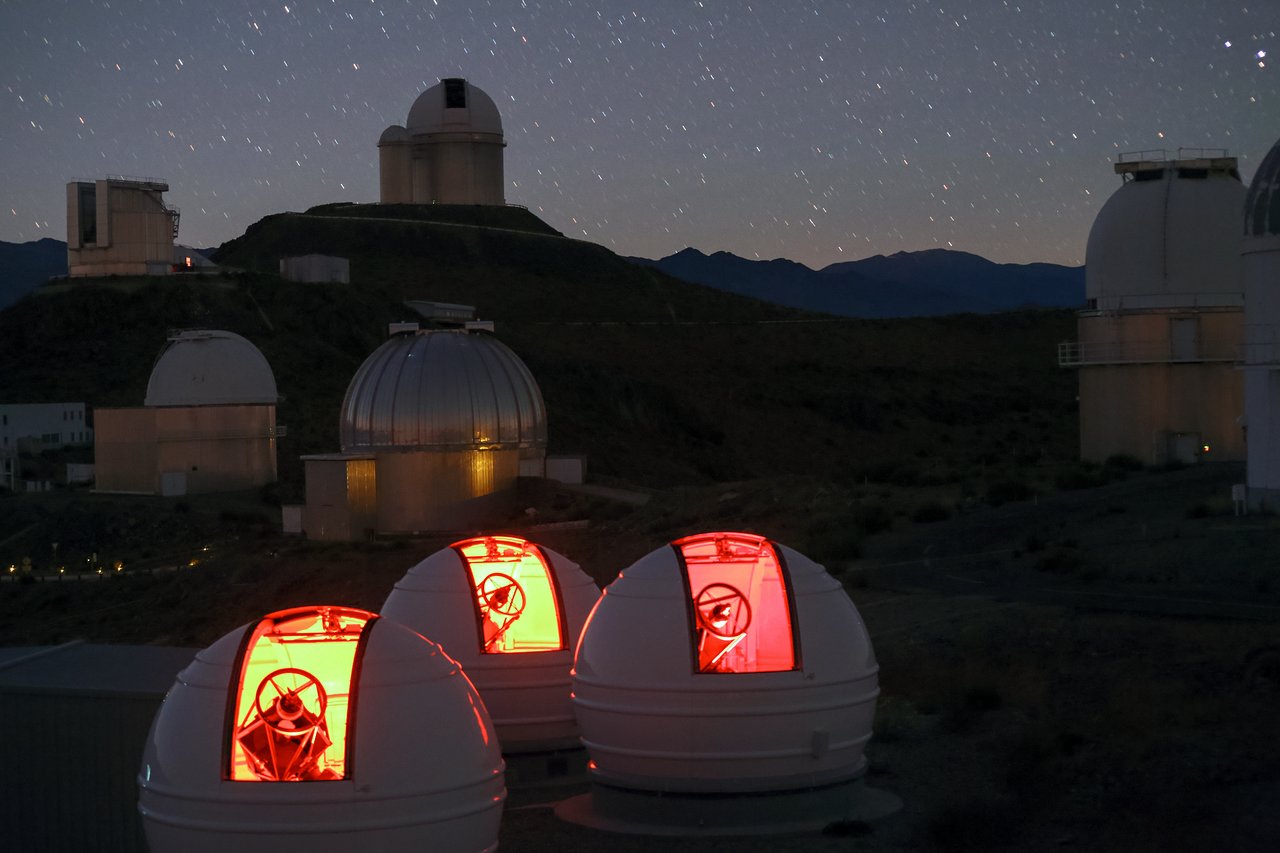
The Exoplanets in Transits and their Atmospheres (ExTrA), just went online and is now searching for exoplanets around red dwarf stars!
Continue reading
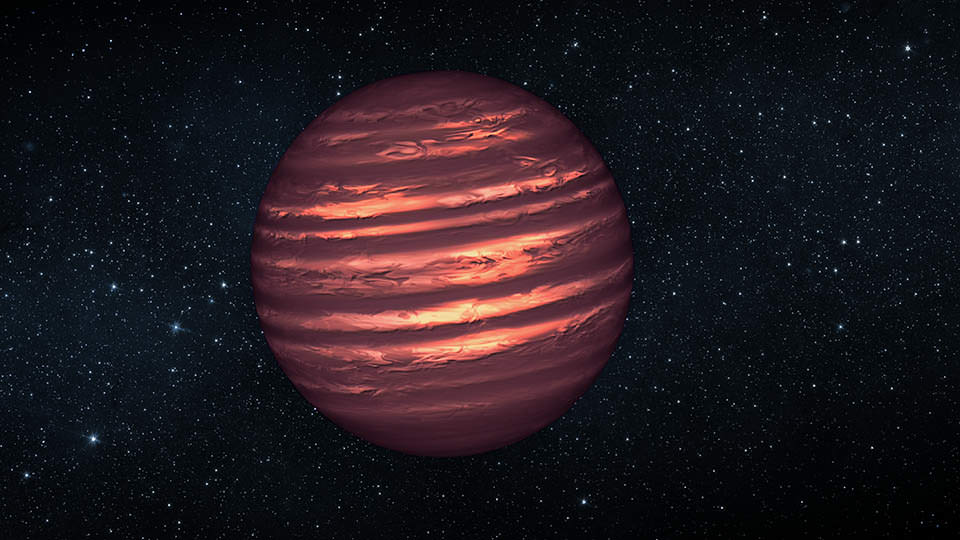
Astronomers have debated which objects are gas giants like Jupiter, and which are more correctly called brown dwarfs. A new study aims to end that debate.
Continue reading

Rocket Lab's second successful launch of the Electron rocket carried with it a special piece of cargo - the Humanity Sphere!
Continue reading
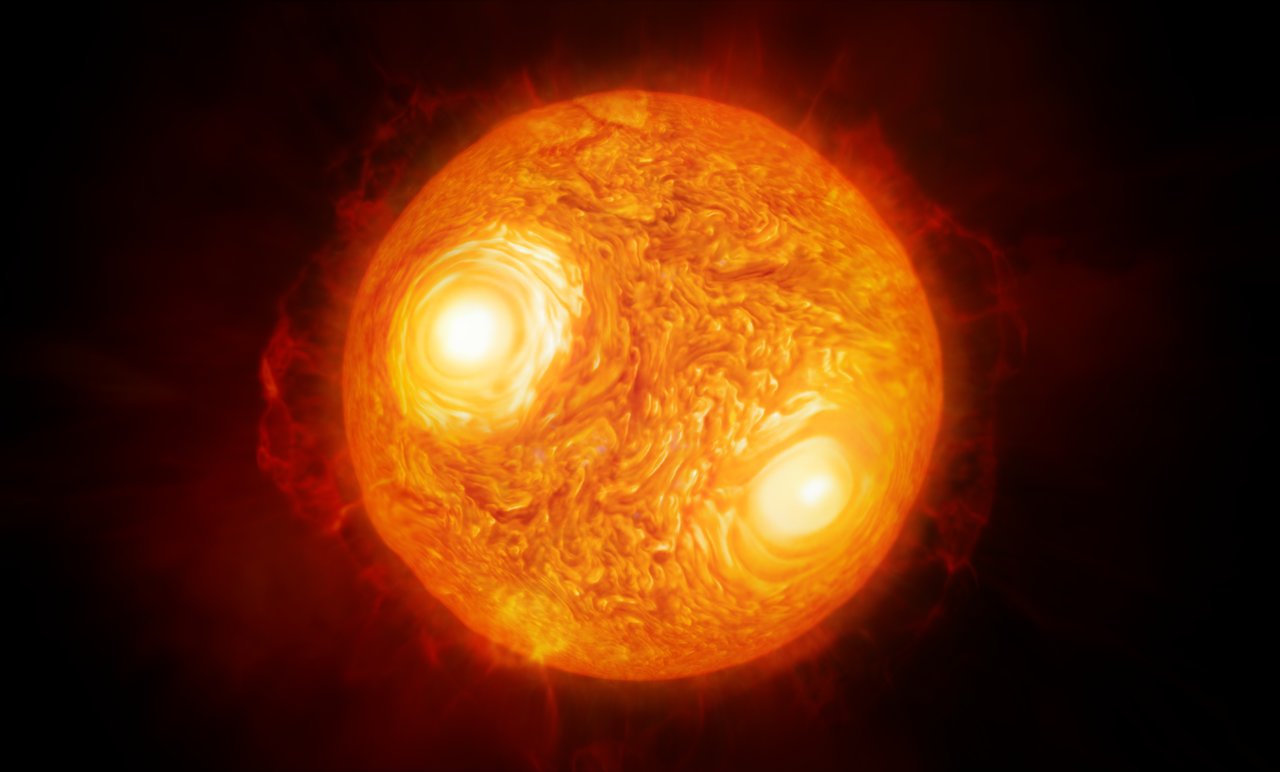
Using the ESO's Very Large Telescope Interferometer, an international team of astronomers has created the first detailed images of another star's surface.
Continue reading
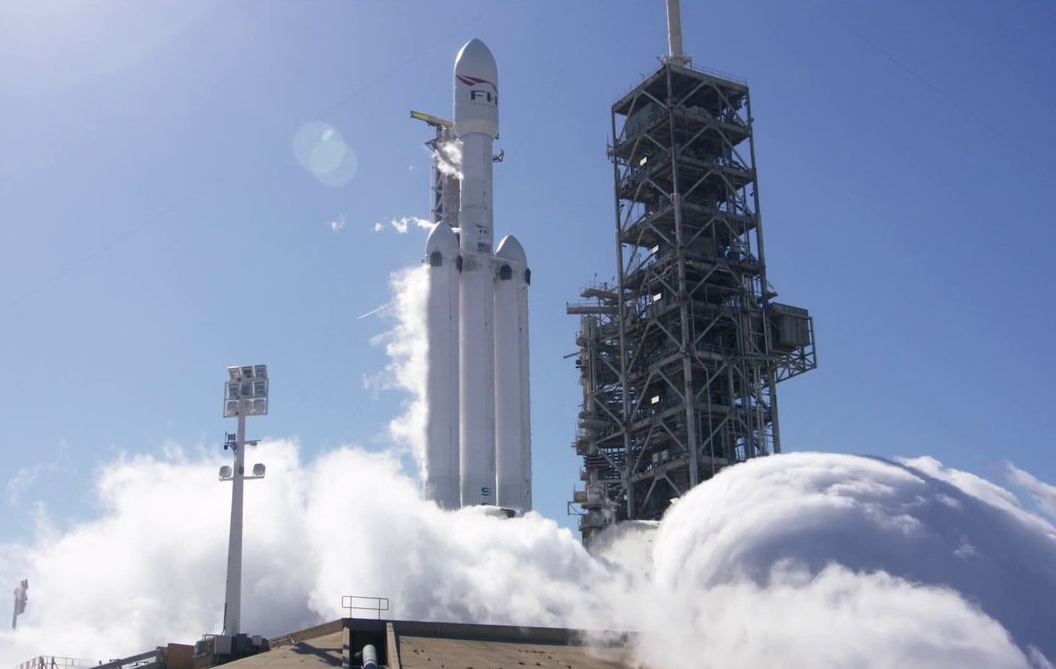
We've been anticipating this for a long time: SpaceX's Falcon Heavy has completed its first Static Fire Test. Should launch "in a week or so" says Musk.
Continue reading
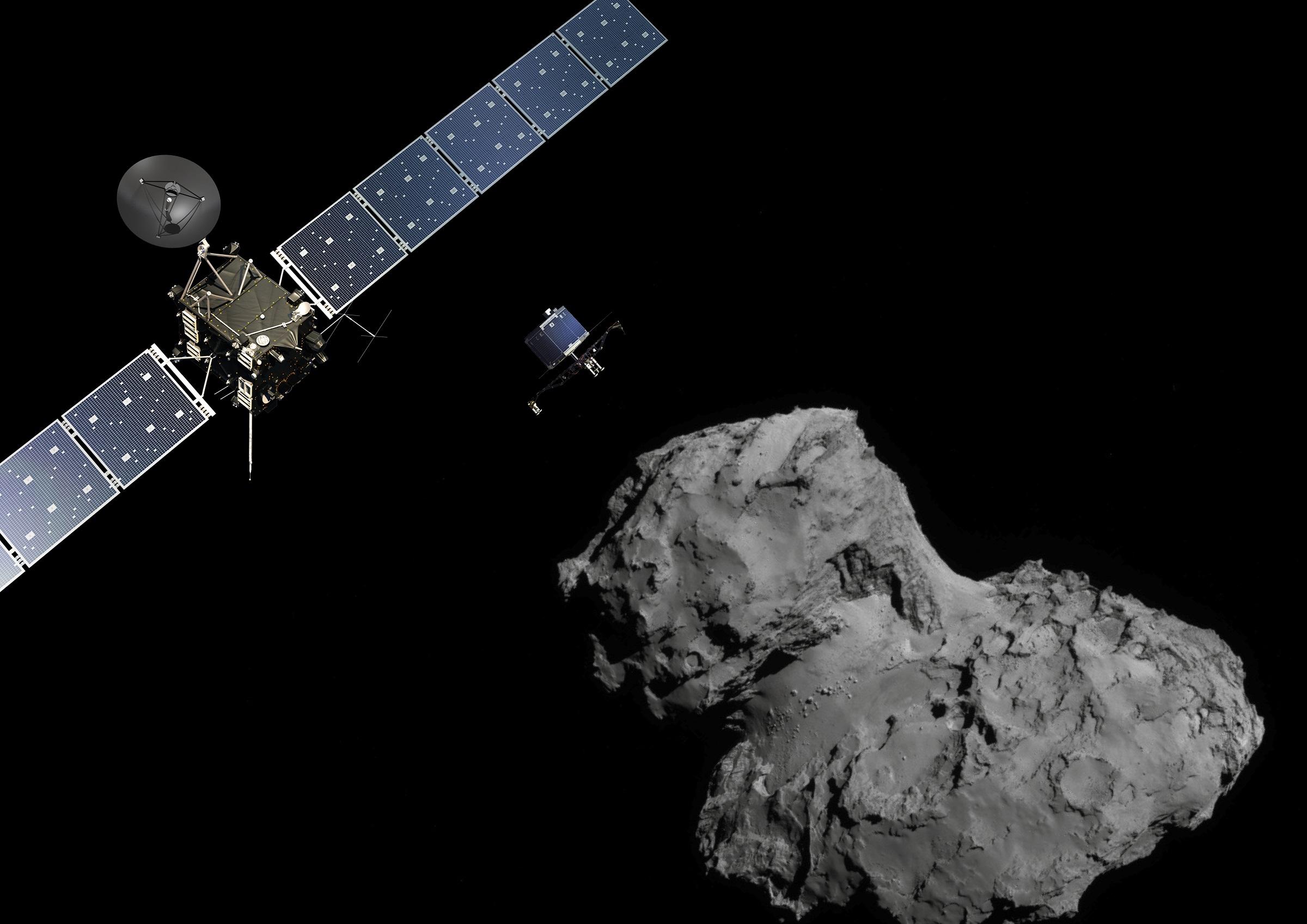
The ESA recently released images taken by the Rosetta spacecraft when it witnessed a "snowstorm" while making a flyby of Comet 67P
Continue reading
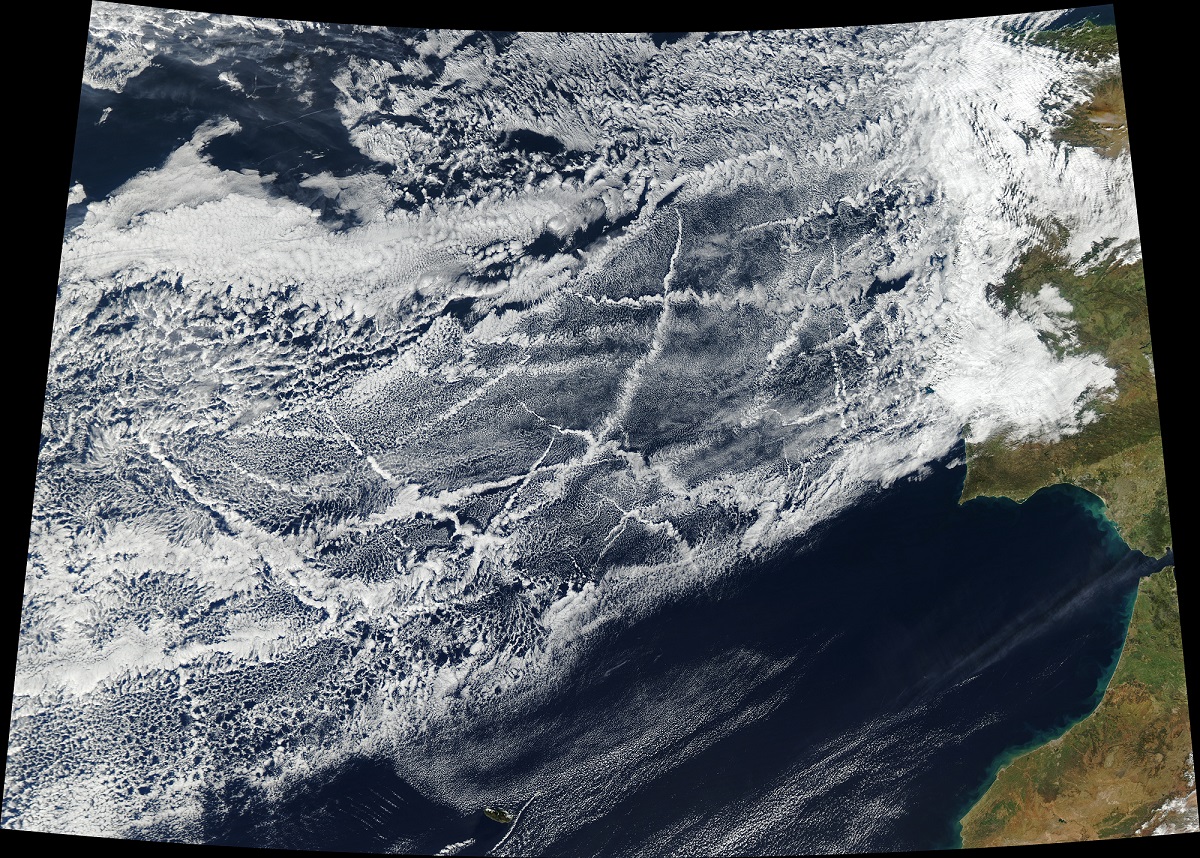
A new image released by NASA's Aqua satellite shows a beautiful pattern of clouds created by ships criss-crossing the Atlantic Ocean
Continue reading

Continue reading
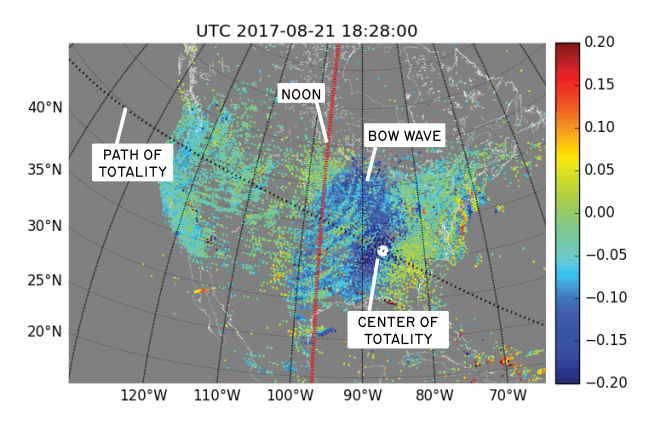
Scientists have long predicted that an eclipse can create a bow wave in the ionosphere. The August 2017 eclipse, called the Great American Eclipse, gave researchers an opportunity to look for it.
Continue reading
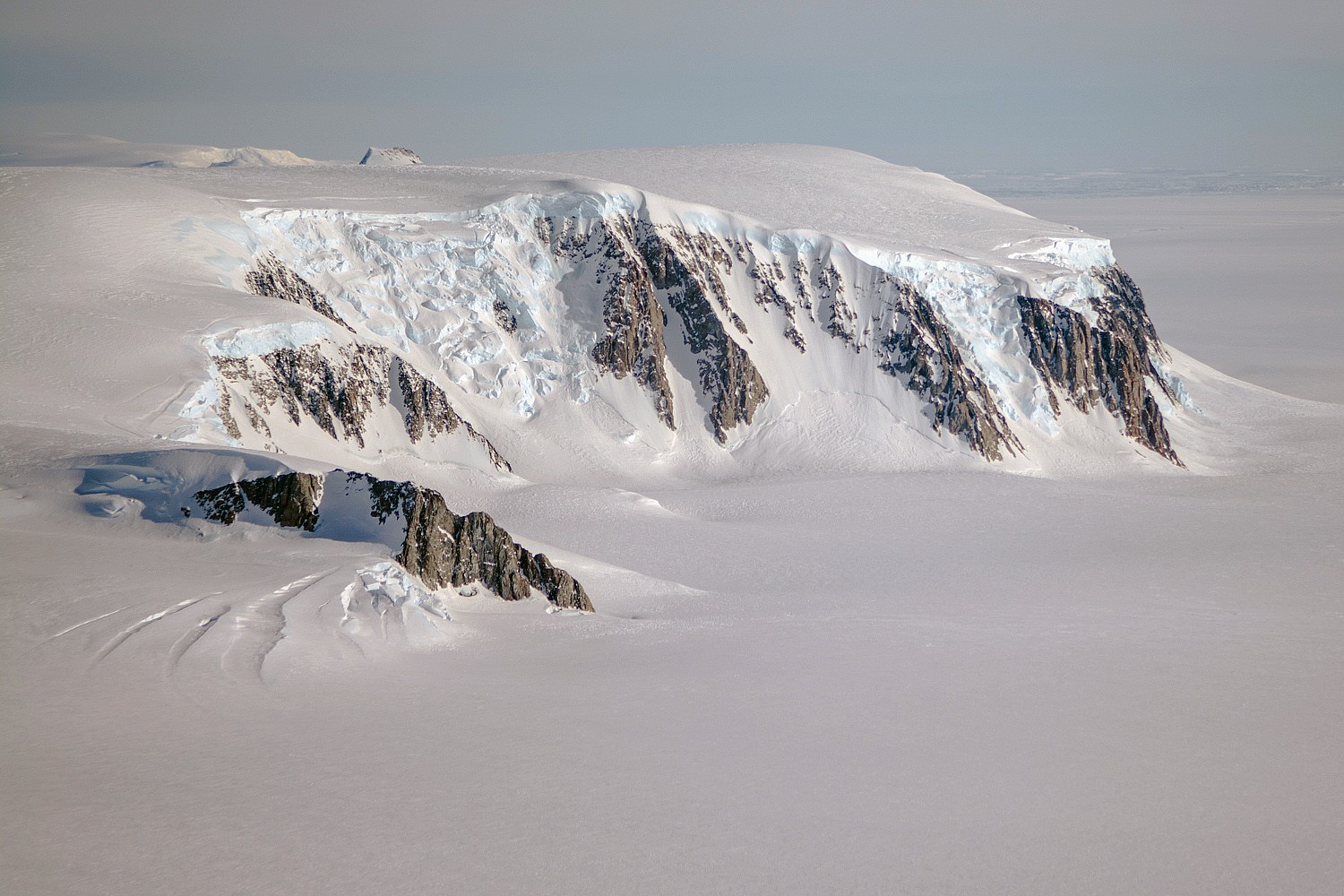
As part of their ninth year monitoring the Antarctic peninsula, Operation IceBridge recently flew above the ice sheet and took some stunning pictures
Continue reading
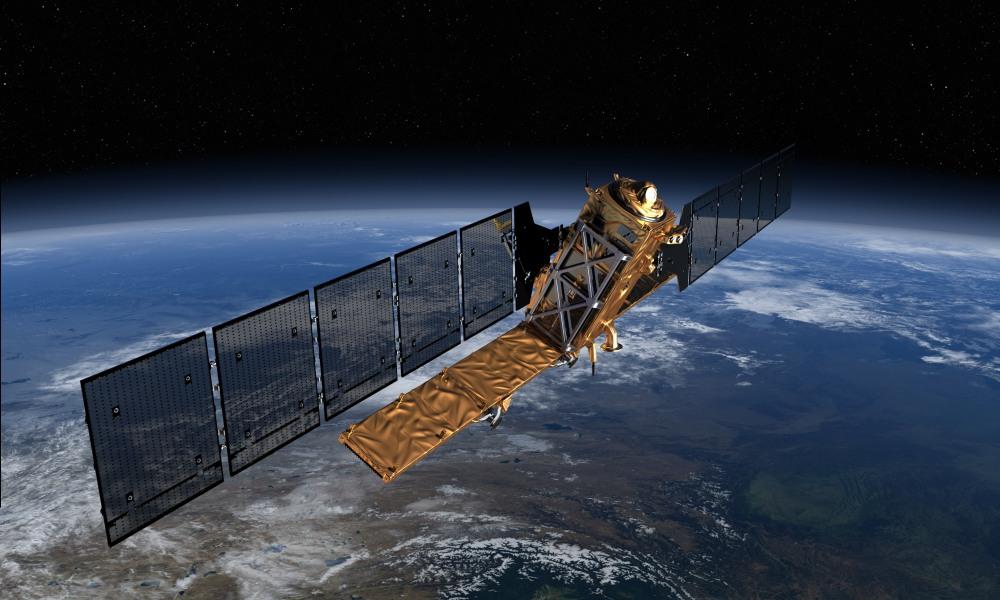
Long aluminum tethers attached to satellites could revolutionize satellite propulsion systems, and help eliminate space junk.
Continue reading
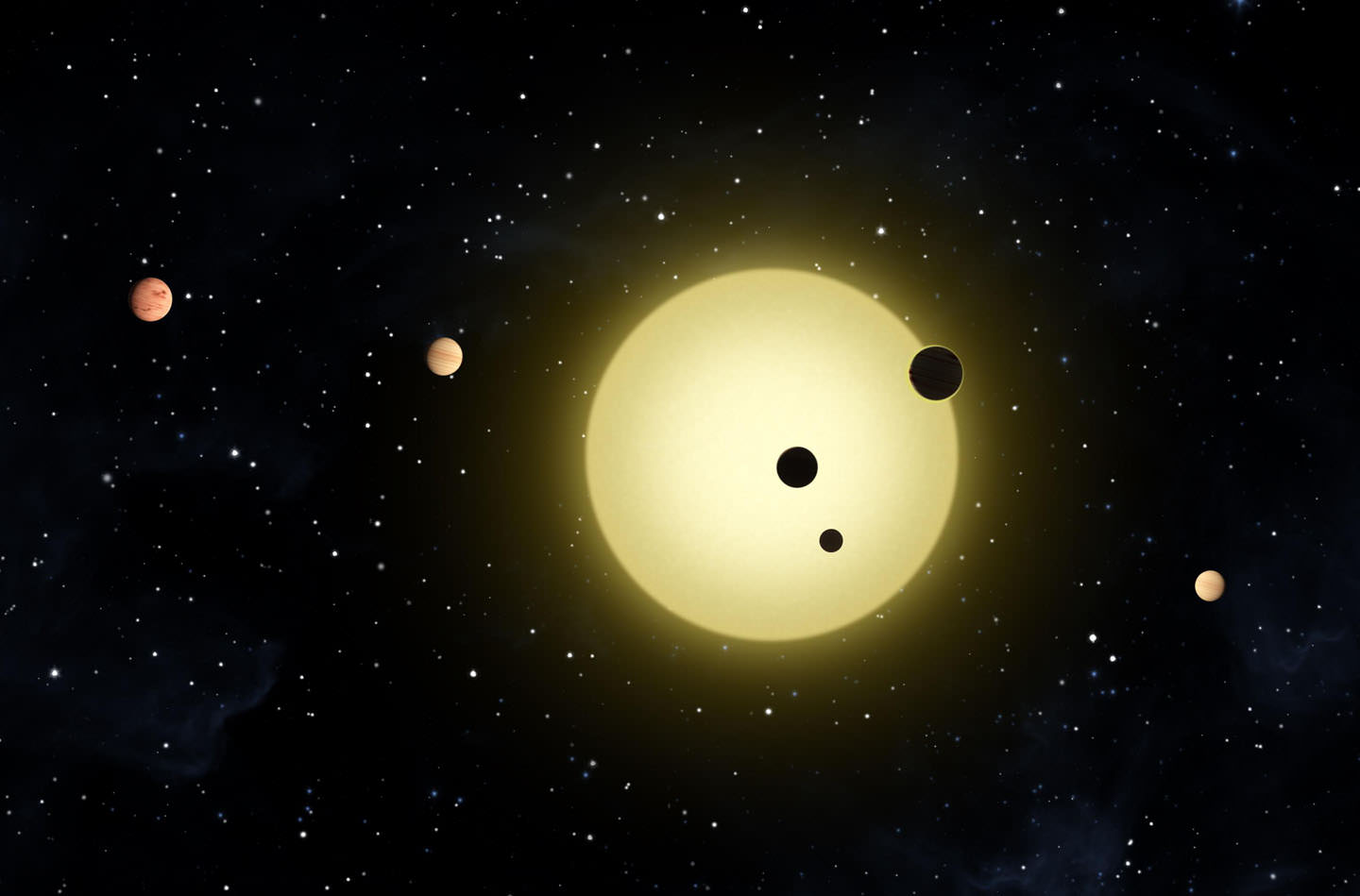
According to a new study by a team from Columbia University, the upcoming super telescopes might be able to detect mountains and other features on exoplanets
Continue reading
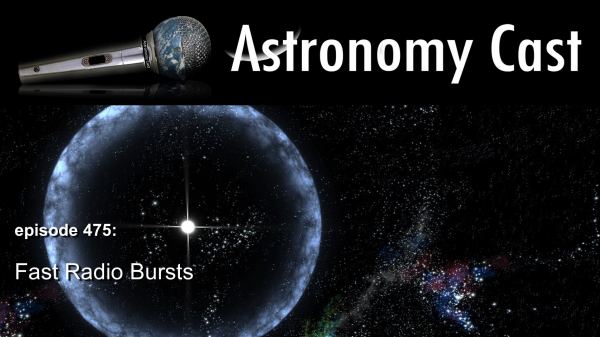
Continue reading
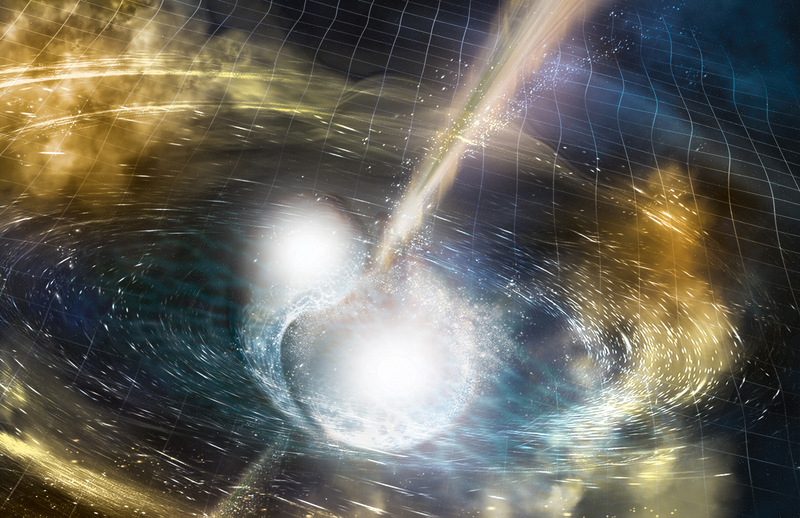
Contrary to what was expected, a team of astronomers has discovered that kilonova event has been brightening ever since it first appeared
Continue reading
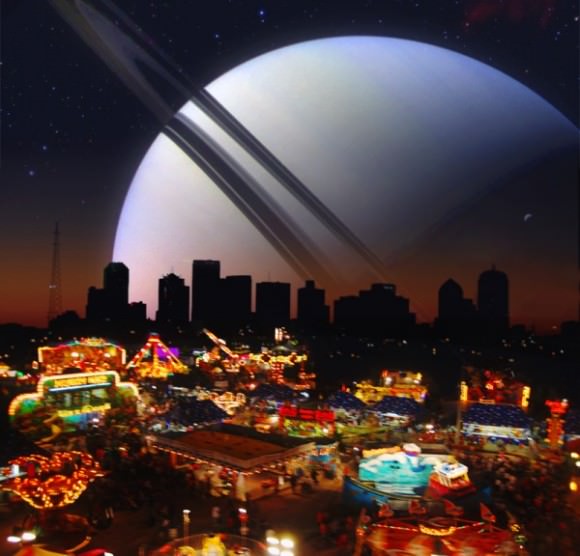
Continue reading
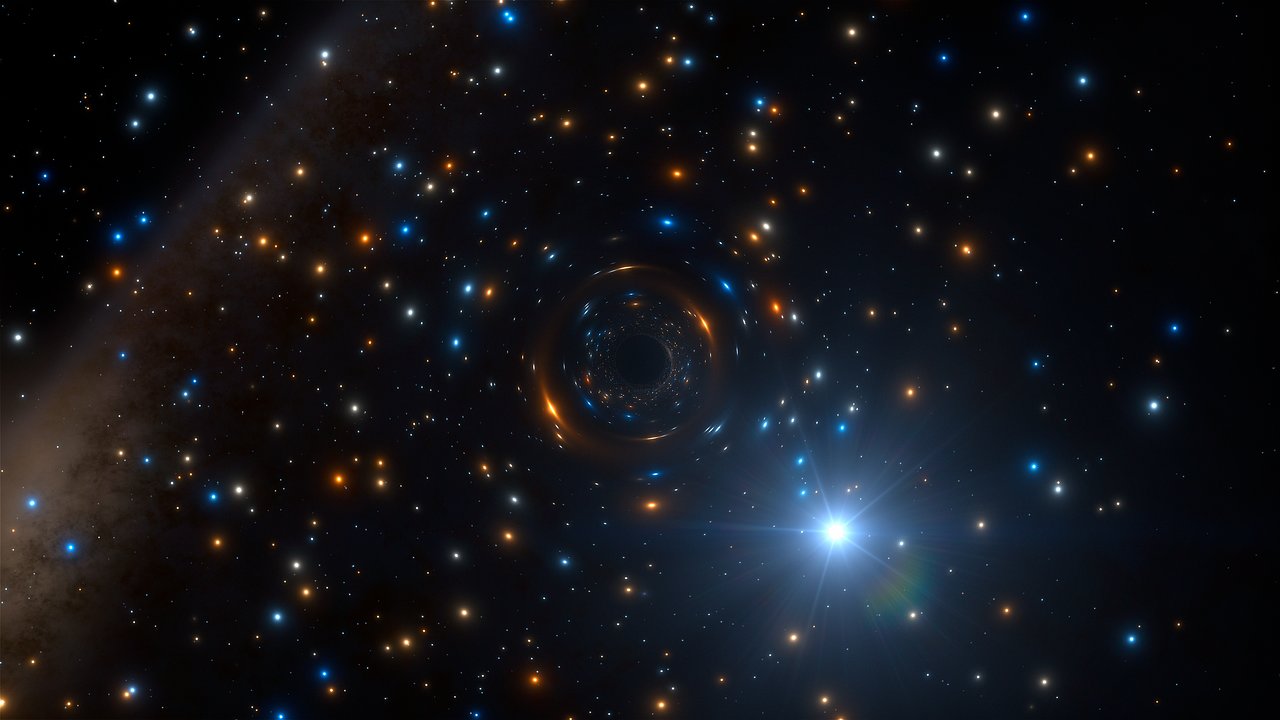
An international team of astronomers recently made the first-ever observation of a black hole in a nearby globular cluster
Continue reading
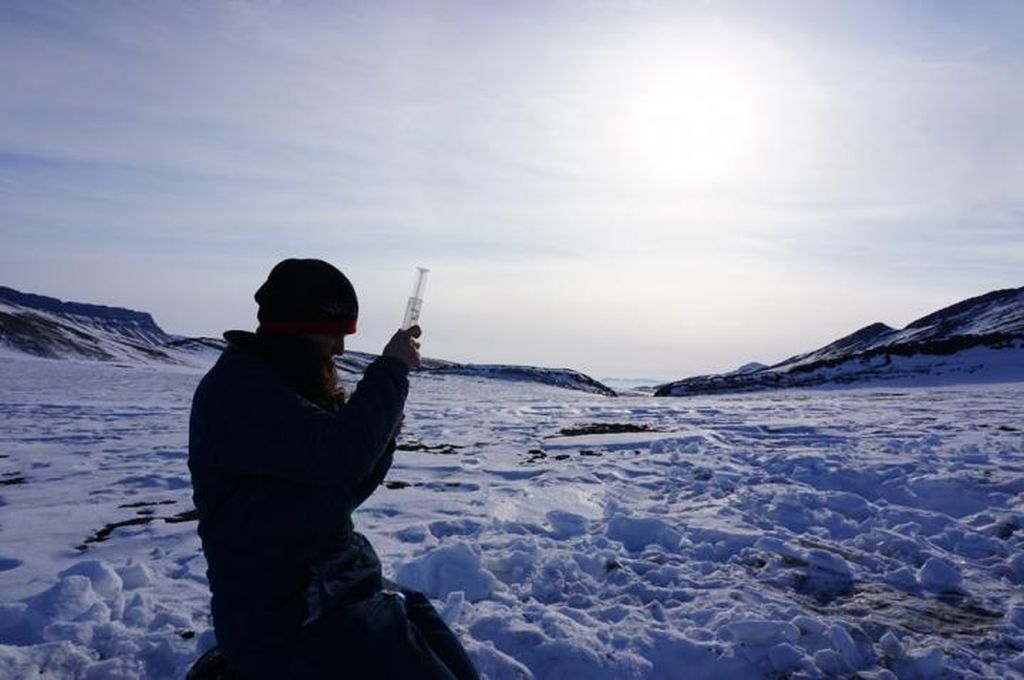
Researchers at McGill University are developing what they call the Life Detection Platform, a compact, robotic, energy-efficient system for detecting life on other worlds.
Continue reading
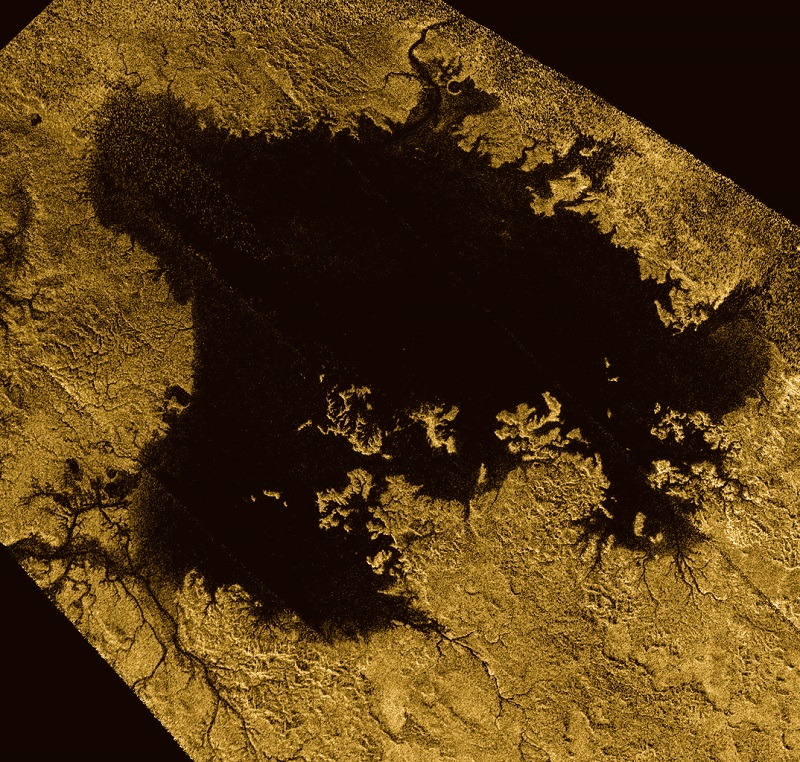
Based on Cassini data, two new studies have been produced that reveal some new and interesting things about Saturn's largest moon, Titan
Continue reading

Based on recent gravitational wave research, a team of scientists from the University of Frankfurt have placed an upper limit on the mass of neutron stars
Continue reading
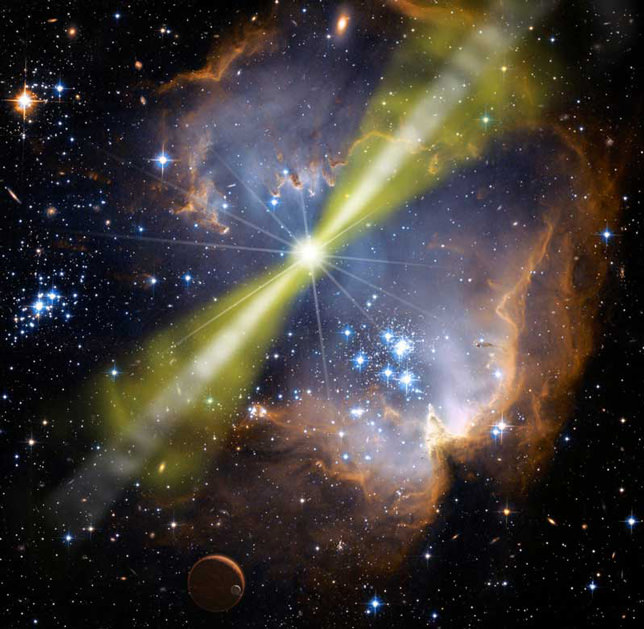
For the first time, a team of researchers have managed to recreate gamma ray bursts (GRBs) in the lab, opening new venues for research into cosmic phenomena
Continue reading
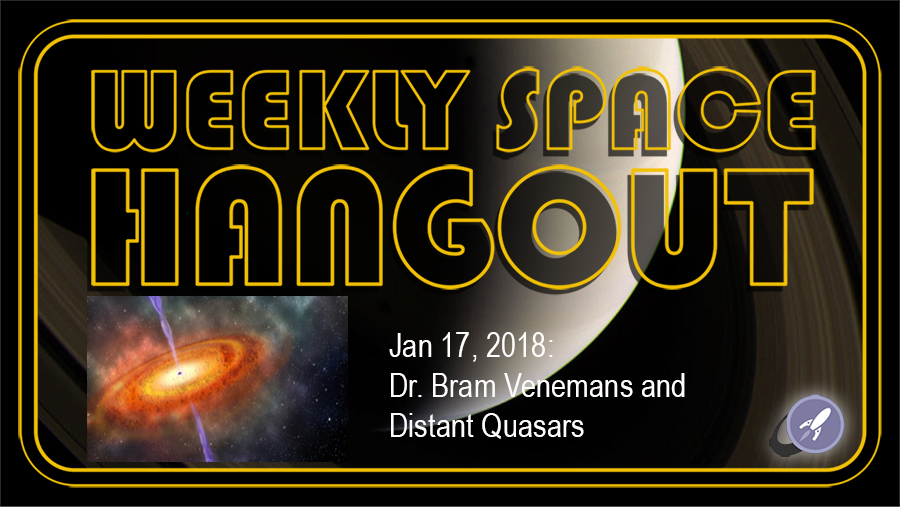
Continue reading
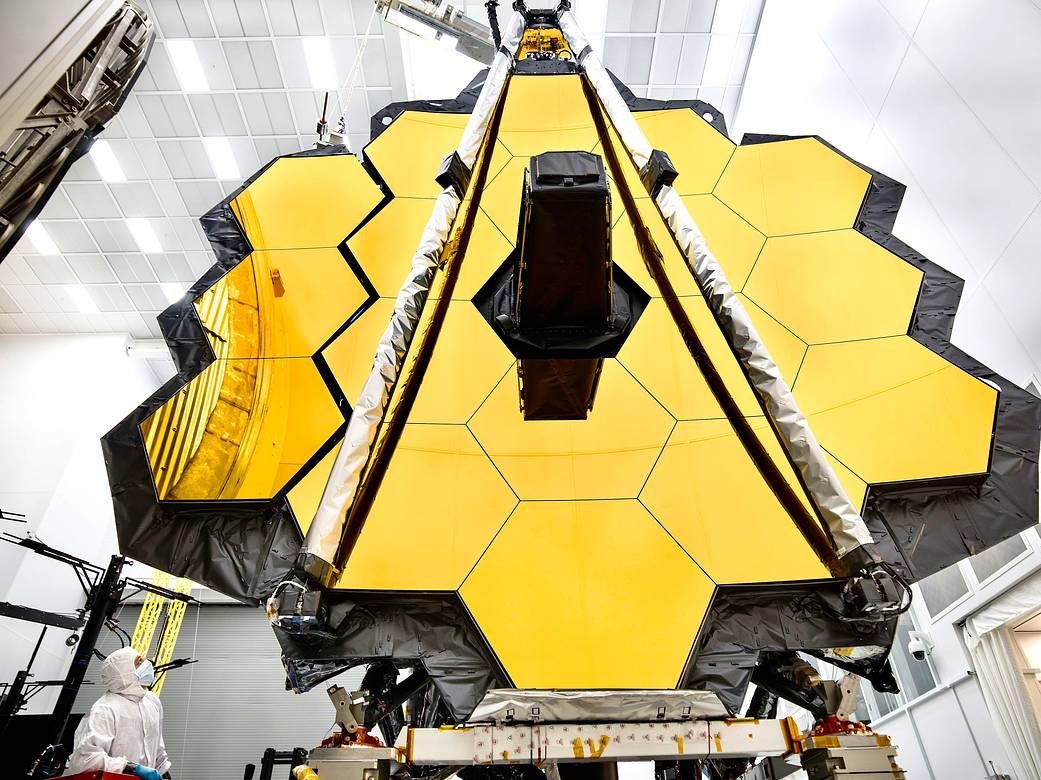
The James Webb Space Telescope just emerged from 3 months of vacuum-chamber testing, another milestone on the road towards its deployment next year
Continue reading

Continue reading
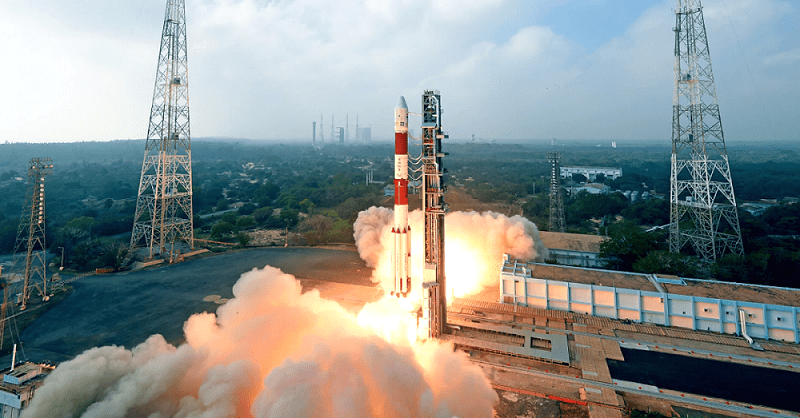
With the deployment of the Arkyd-6 spacecraft, Planetary Resources just took a major step towards making asteroid mining a reality
Continue reading
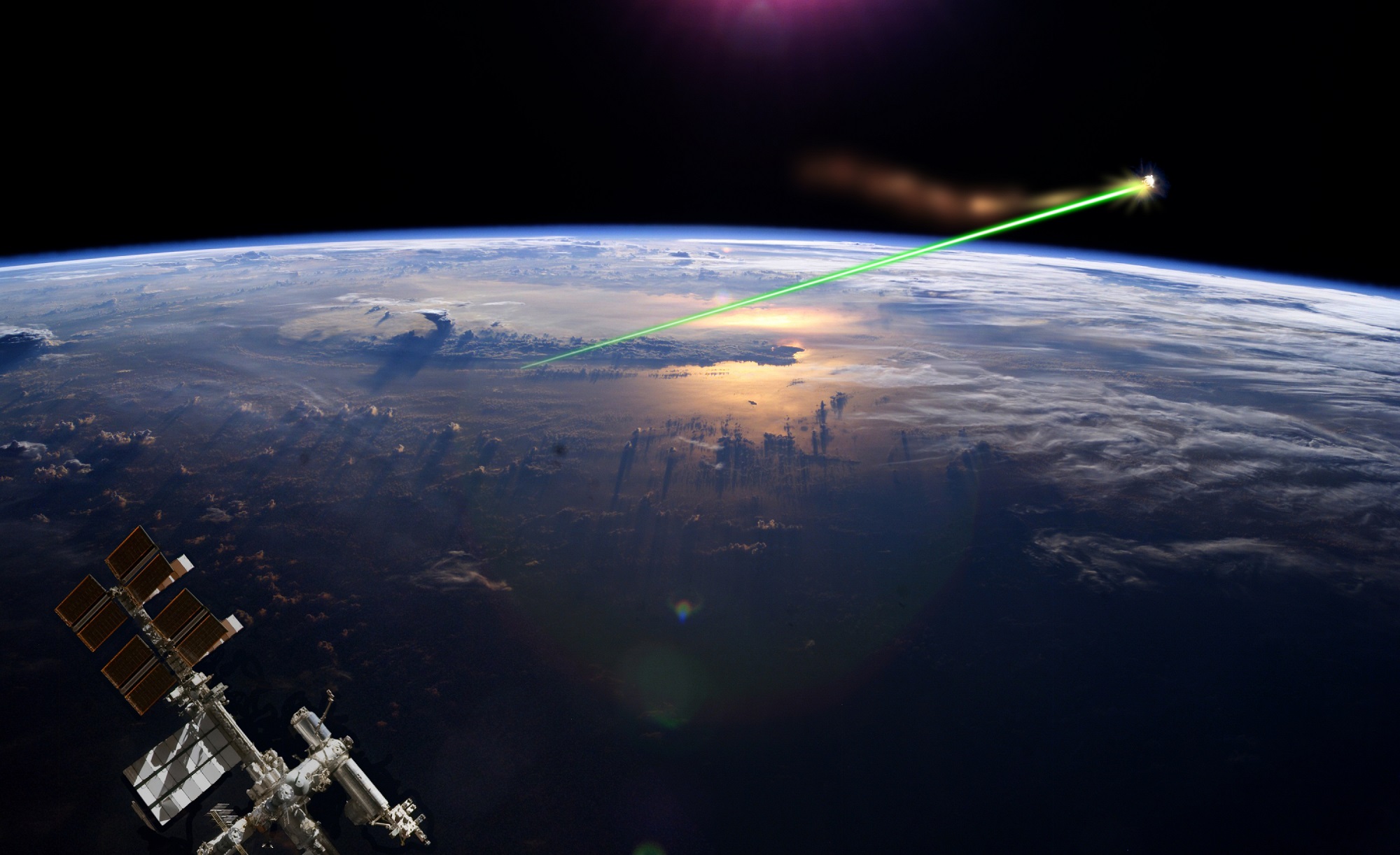
A new study by a team of Chinese researchers considers whether a space-based laser station would be a good way to remove space junk
Continue reading
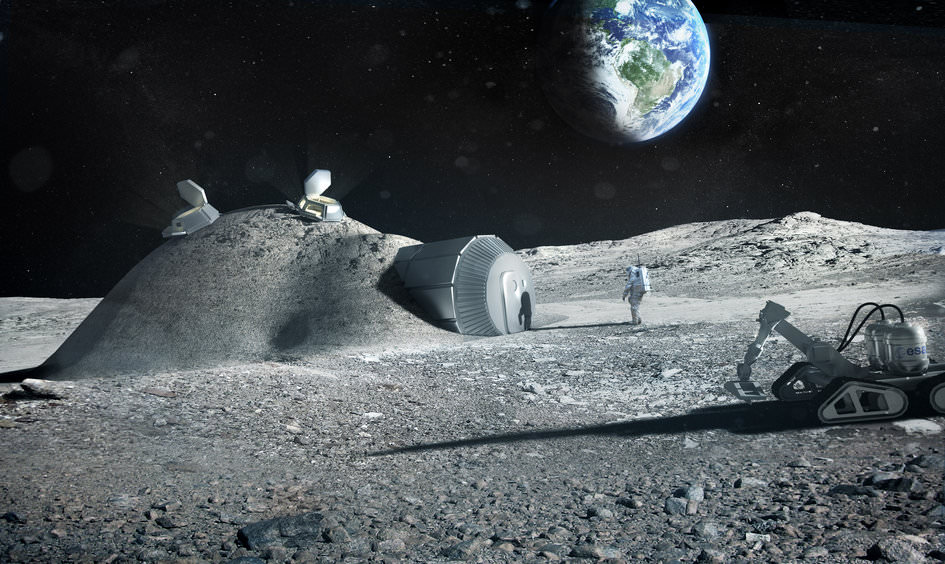
A series of possibly "skylights" have been spotted in the Moon's norther polar region, offering possibilities for future exploration and maybe even a lunar base someday.
Continue reading
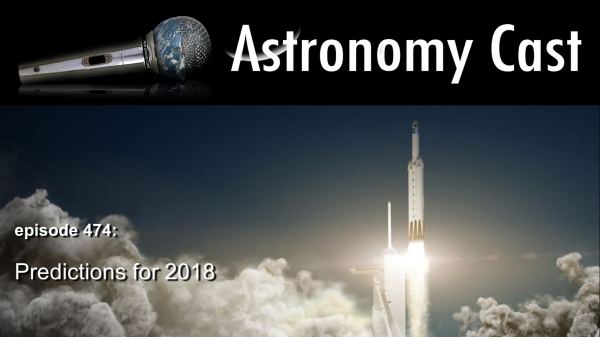
Continue reading
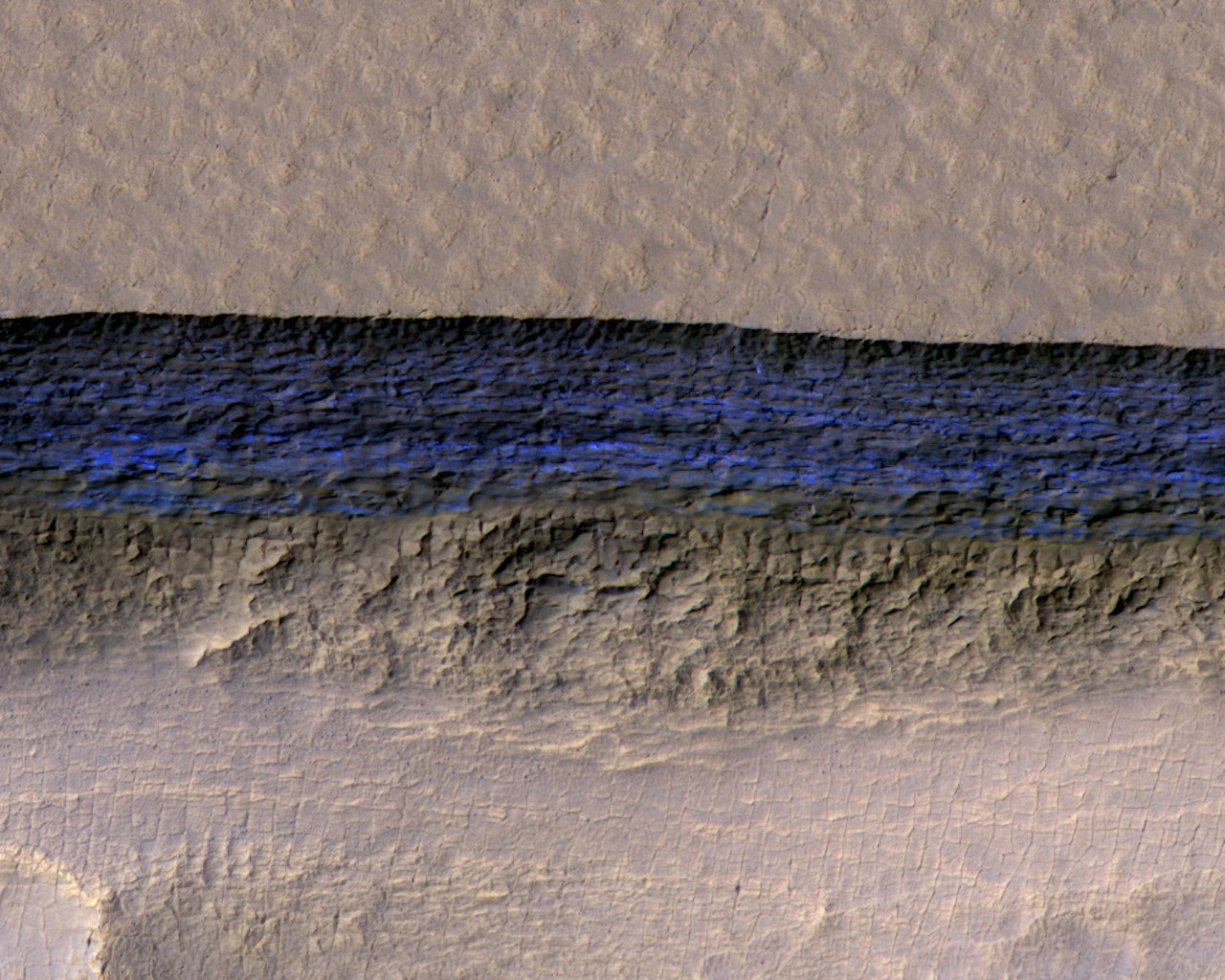
A recent study based on data from multiple orbiters indicates that Mars has multiple sheets of subsurface ice, and they run deep!
Continue reading
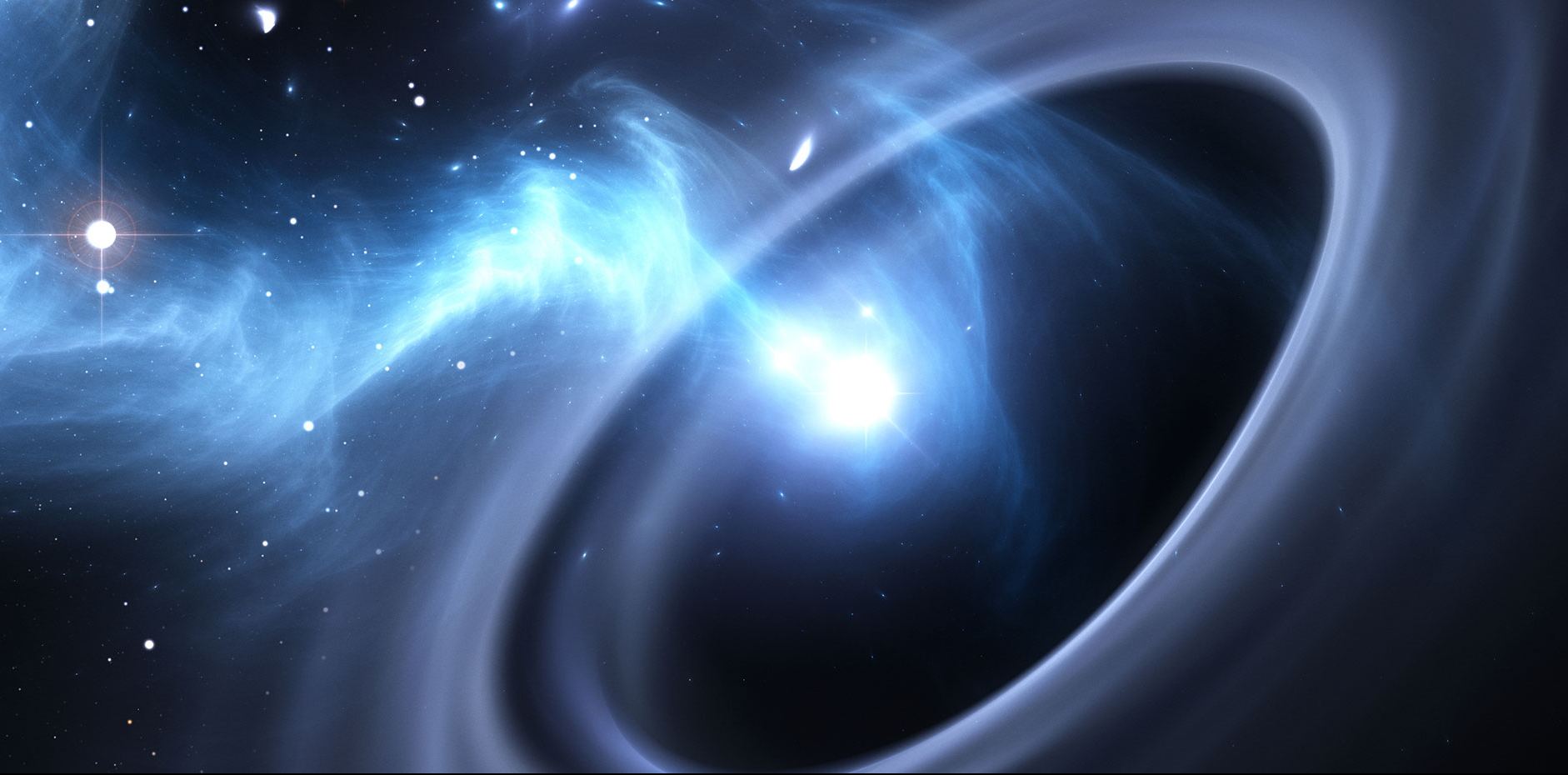
Thanks to a recent study by an international team of researchers, scientists now know why rapidly-spinning black holes blast out jets of charged particles.
Continue reading
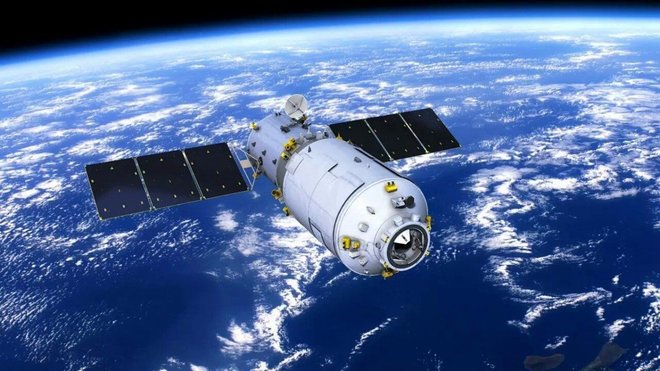
According to a recent statement by a top engineer from the China Aerospace Science and Technology Corporation, China is still in control of the Tiangong-1 space station.
Continue reading

Continue reading
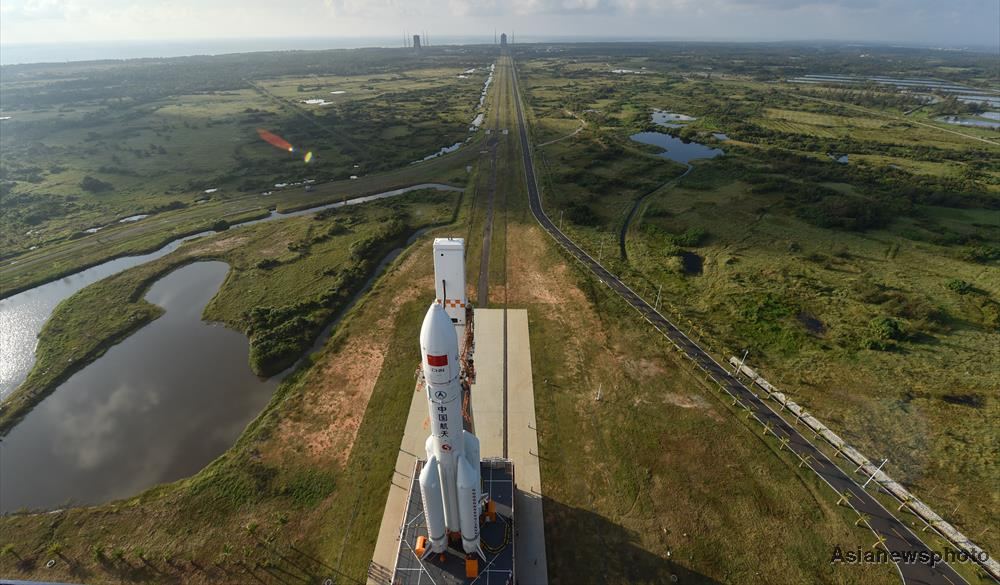
The Chinese National Space Administration is going to have a busy year, with more than 40 launches to space scheduled for 2018
Continue reading
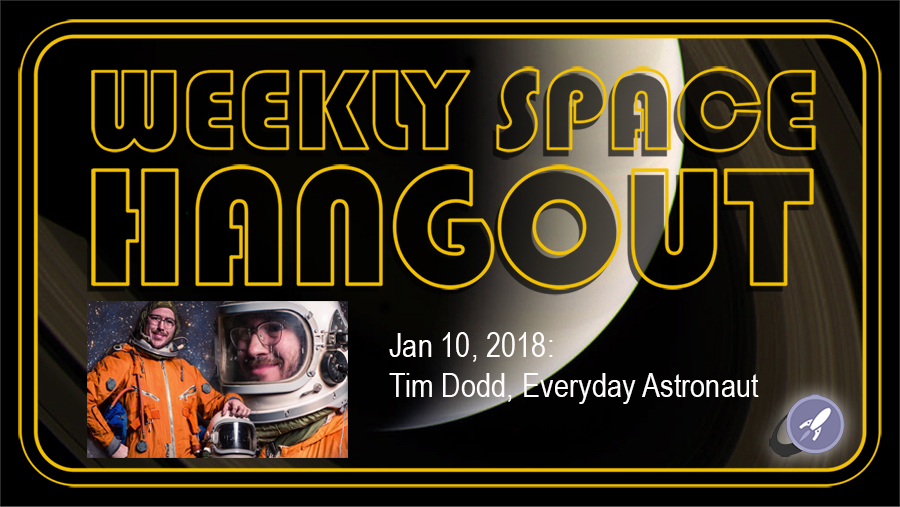
Continue reading
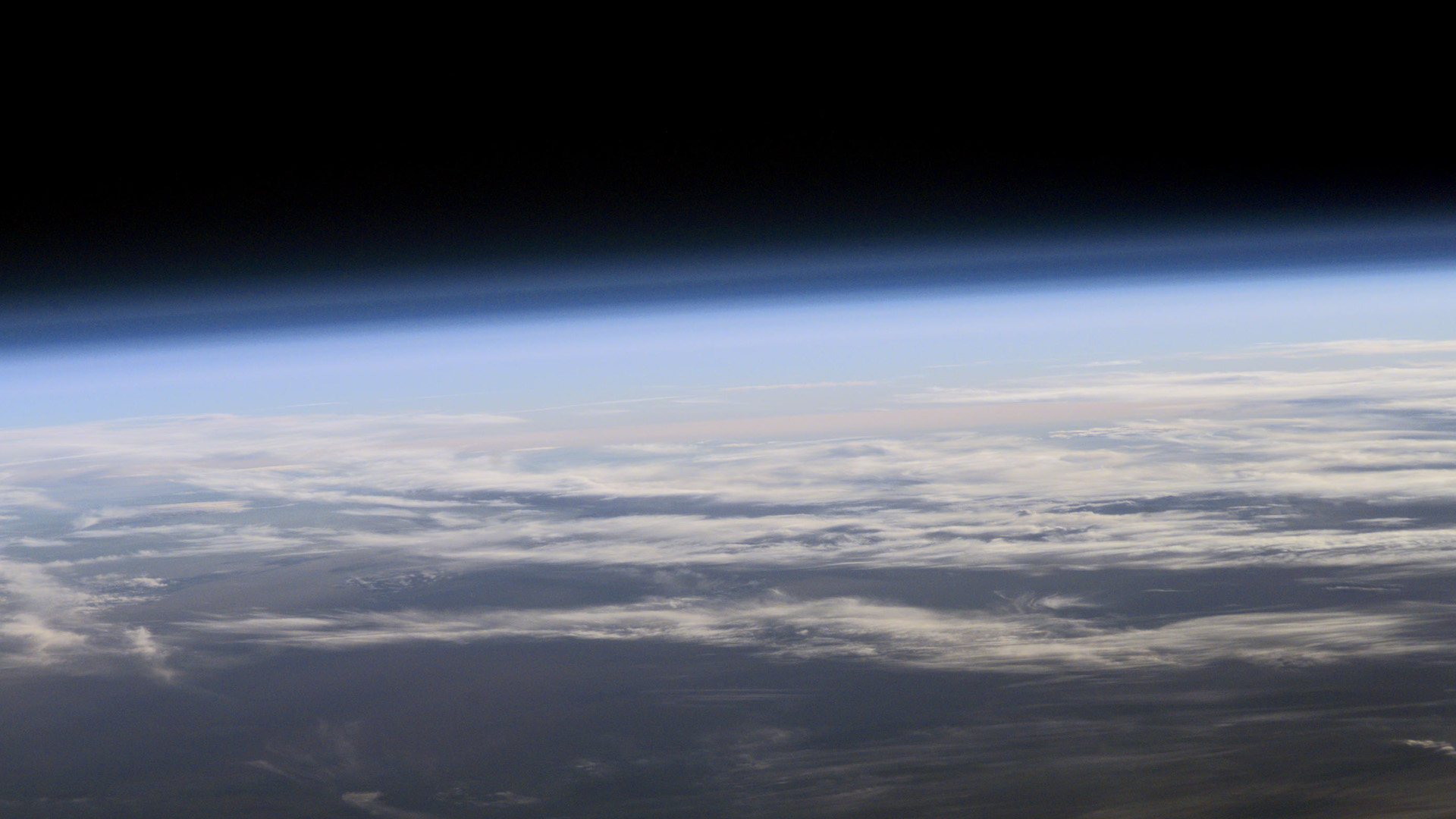
According to recent study by a team of NASA scientists, ozone depletion around the south pole has decreased by 20 percent in the past 12 years.
Continue reading
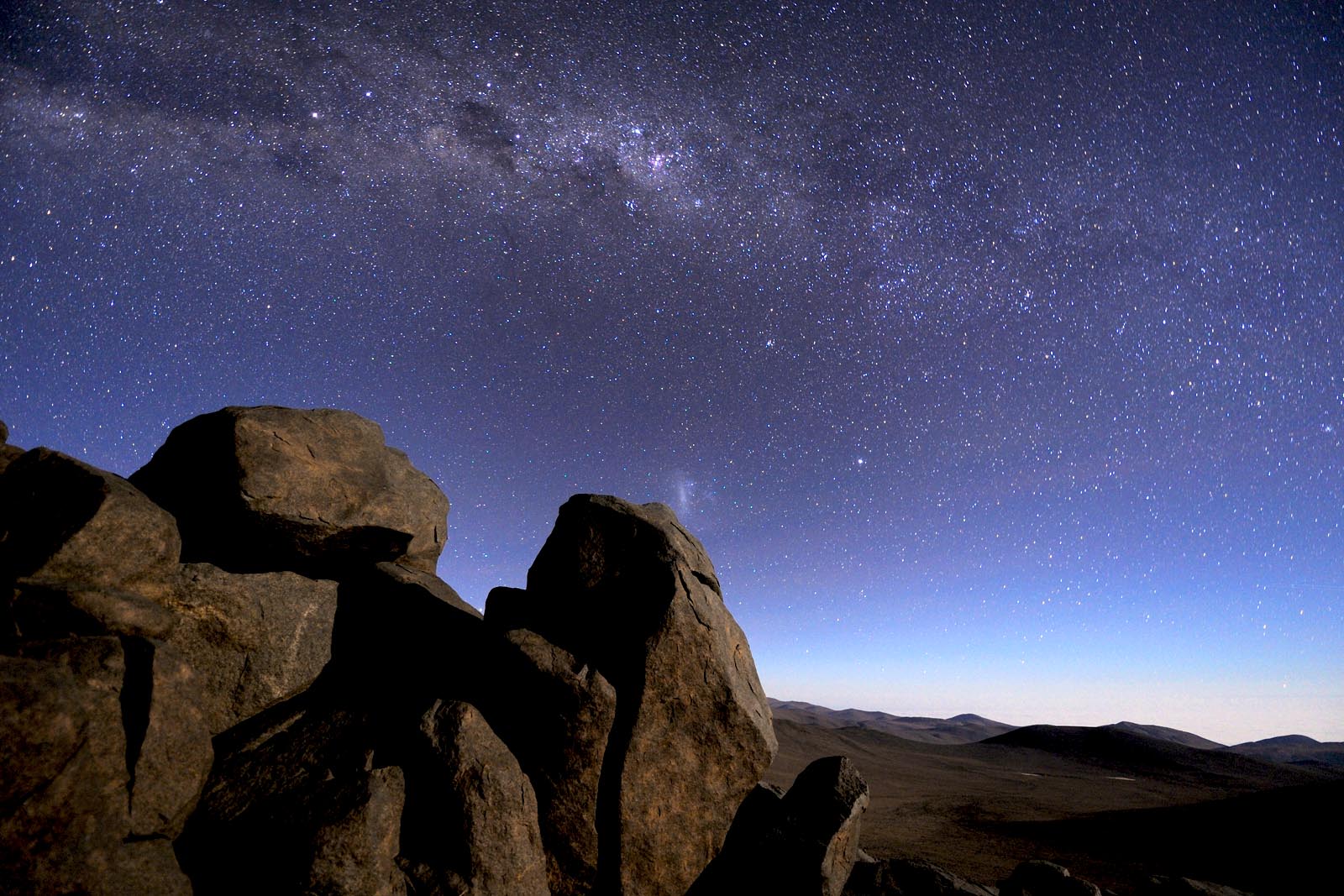
Continue reading
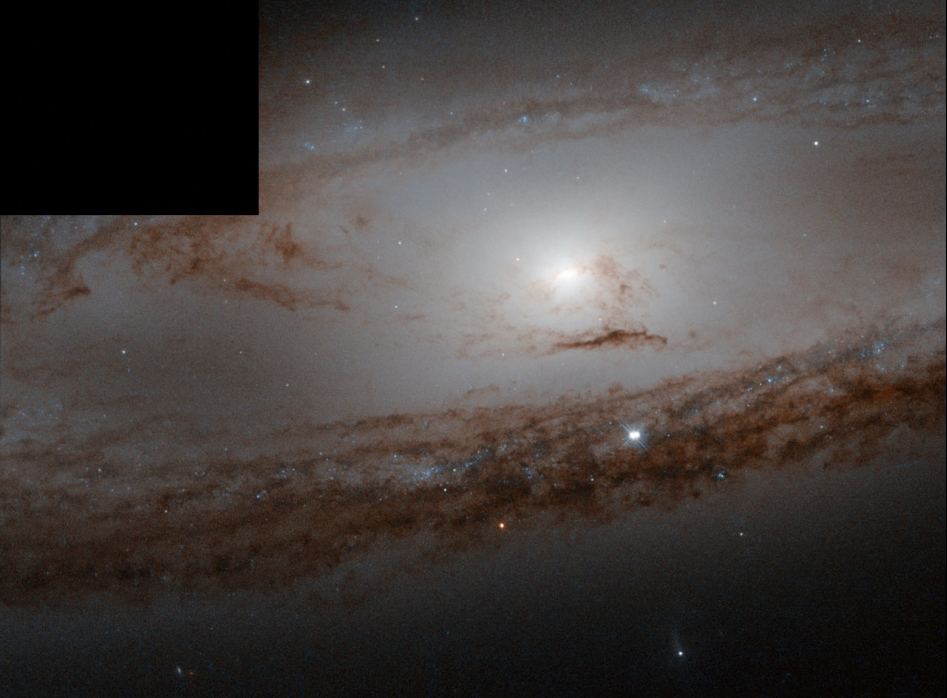
Located in the Leo constellation, roughly 35 million light-years from Earth, is the intermediate spiral galaxy known as Messier 65 - one of three small galaxies that make up the Leo Triplet.
Continue reading
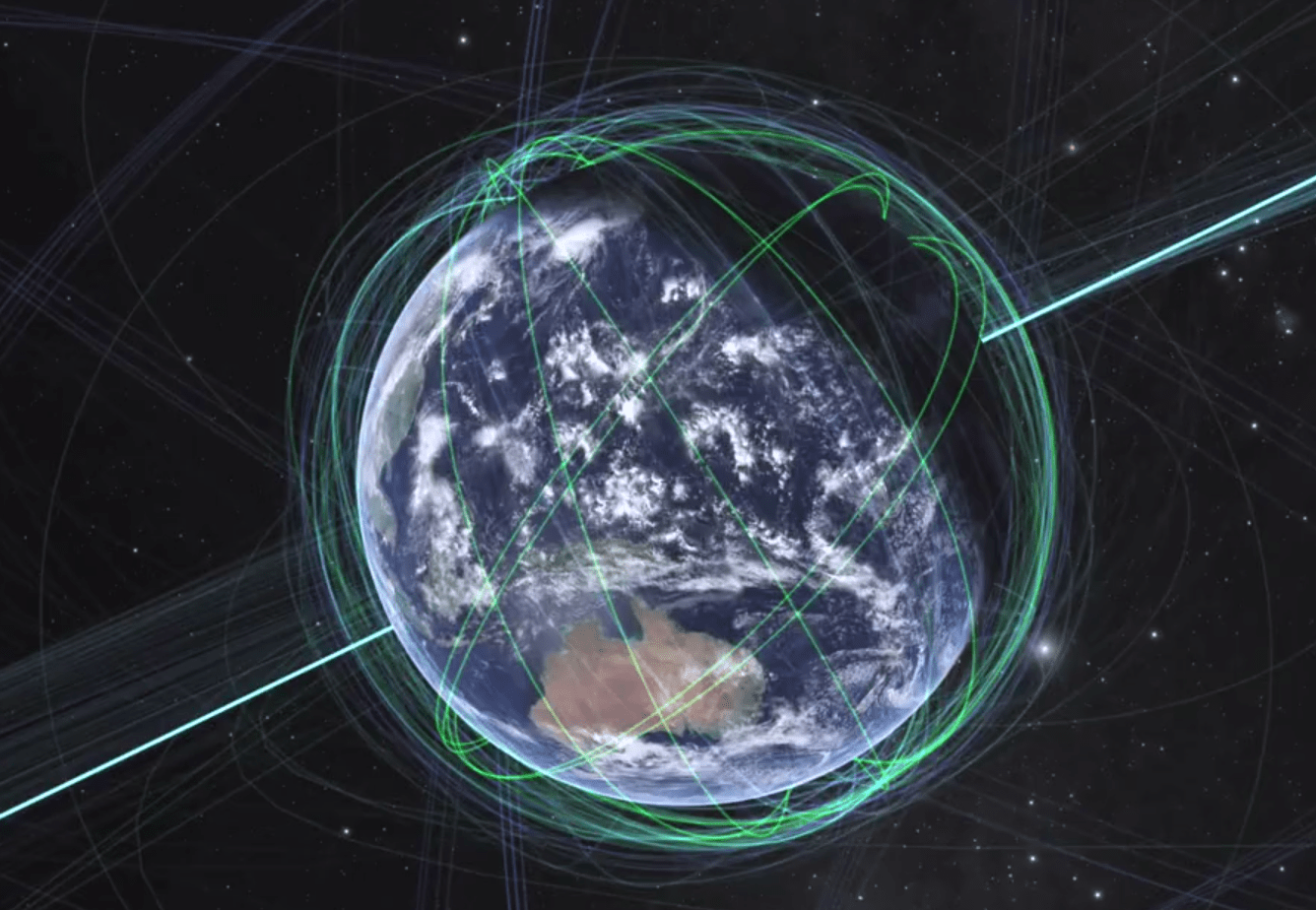
This year, a number of companies will begin deploying constellations of internet satellites to space with the intent of providing global internet
Continue reading
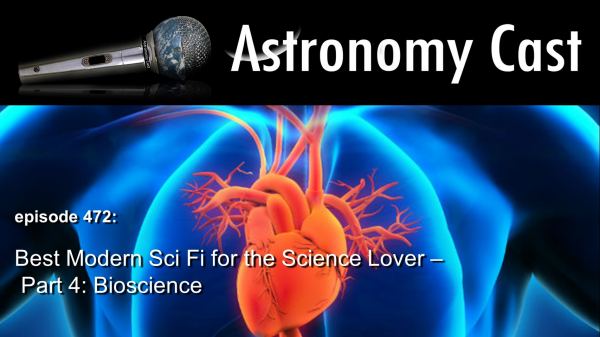
Continue reading
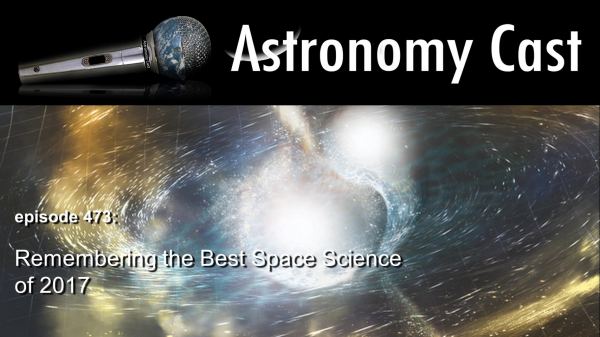
Continue reading
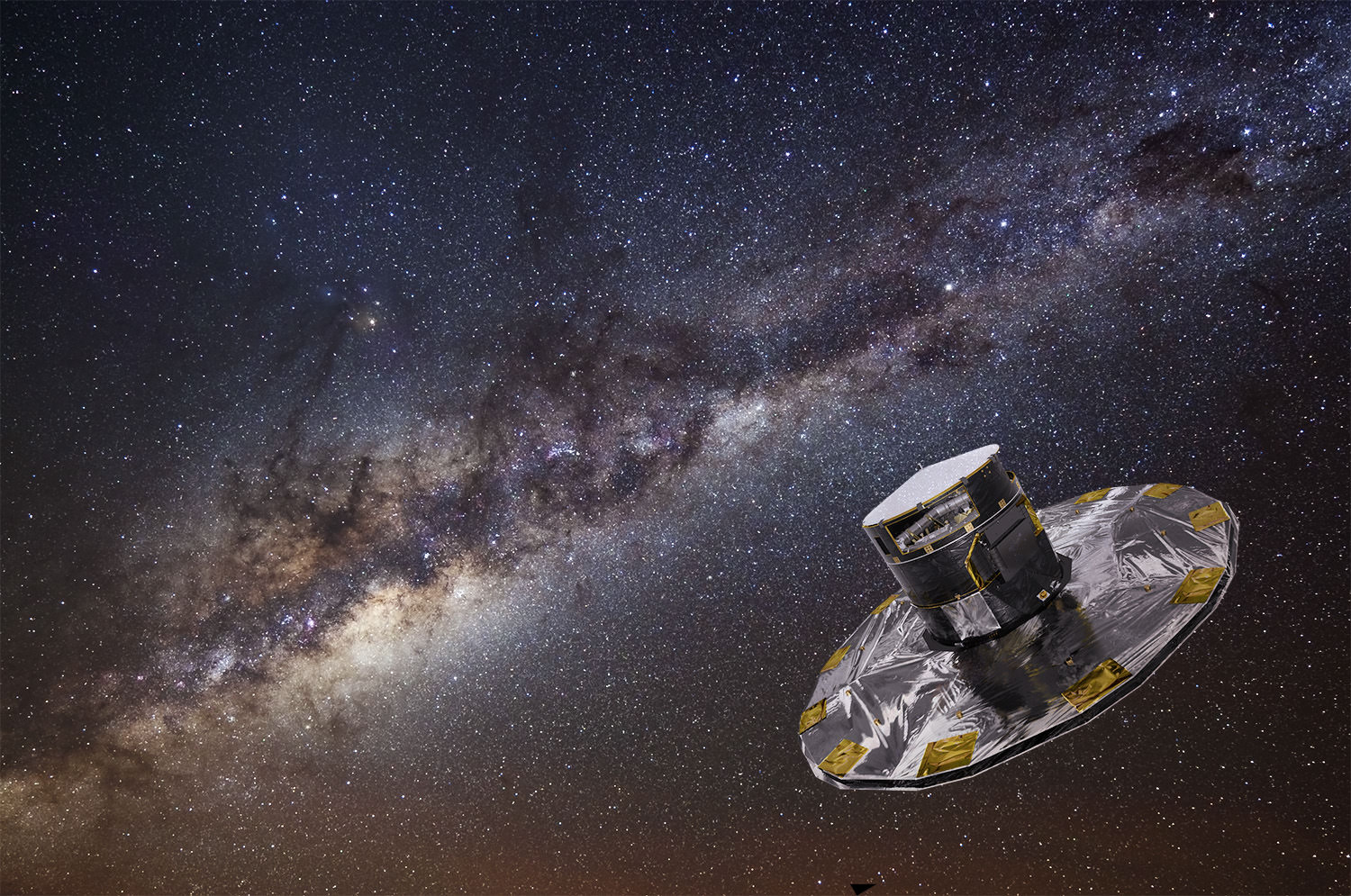
A team of astronomers from the University of Cambridge recently showed how the Gaia mission could also help in the search for gravitational waves.
Continue reading
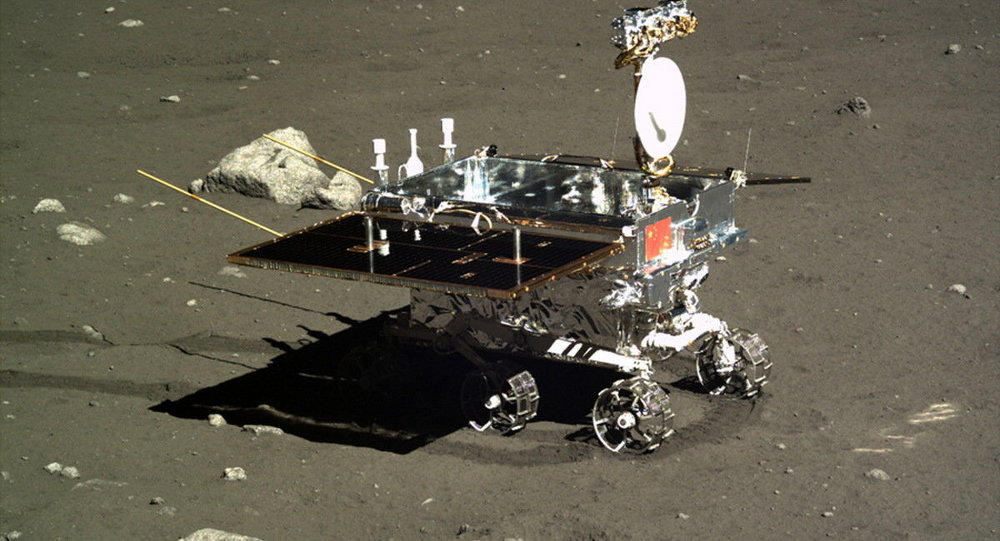
This year, China's Chang'e 4 mission will head to the far side of the Moon to study the local geology and the effects of lunar gravity on insects and plants.
Continue reading
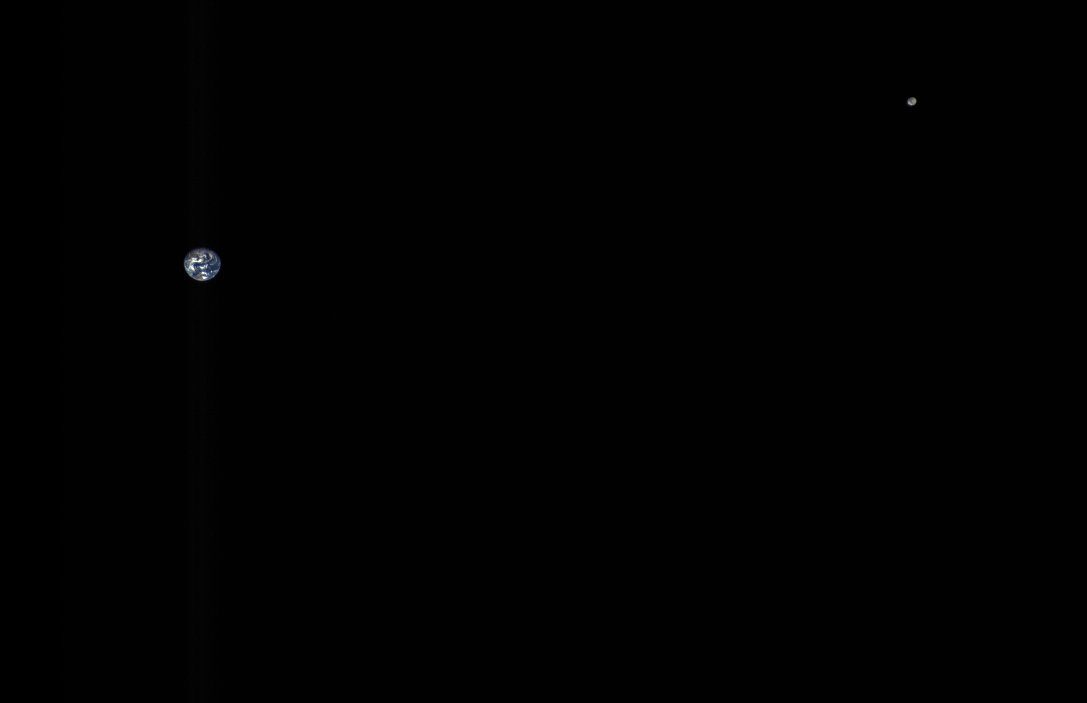
As it makes its way towards the asteroid Bennu, the OSIRIS-REx mission continues to provide us with breathtaking images of our planet.
Continue reading
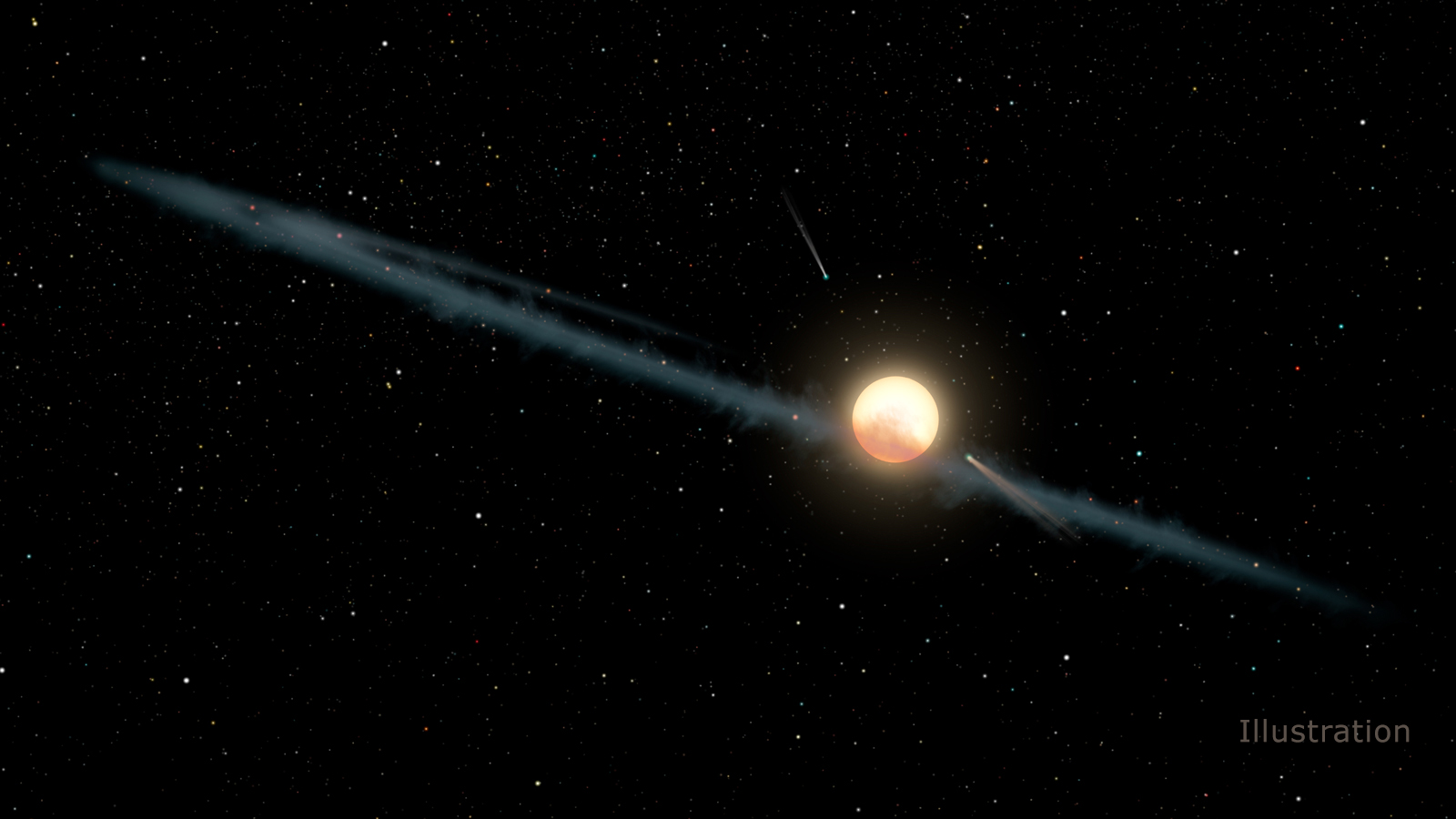
A new study from Tabetha Boyajian and a team of over 100 astronomers has ruled out the possibility of an alien megastructure around "Tabby's Star".
Continue reading
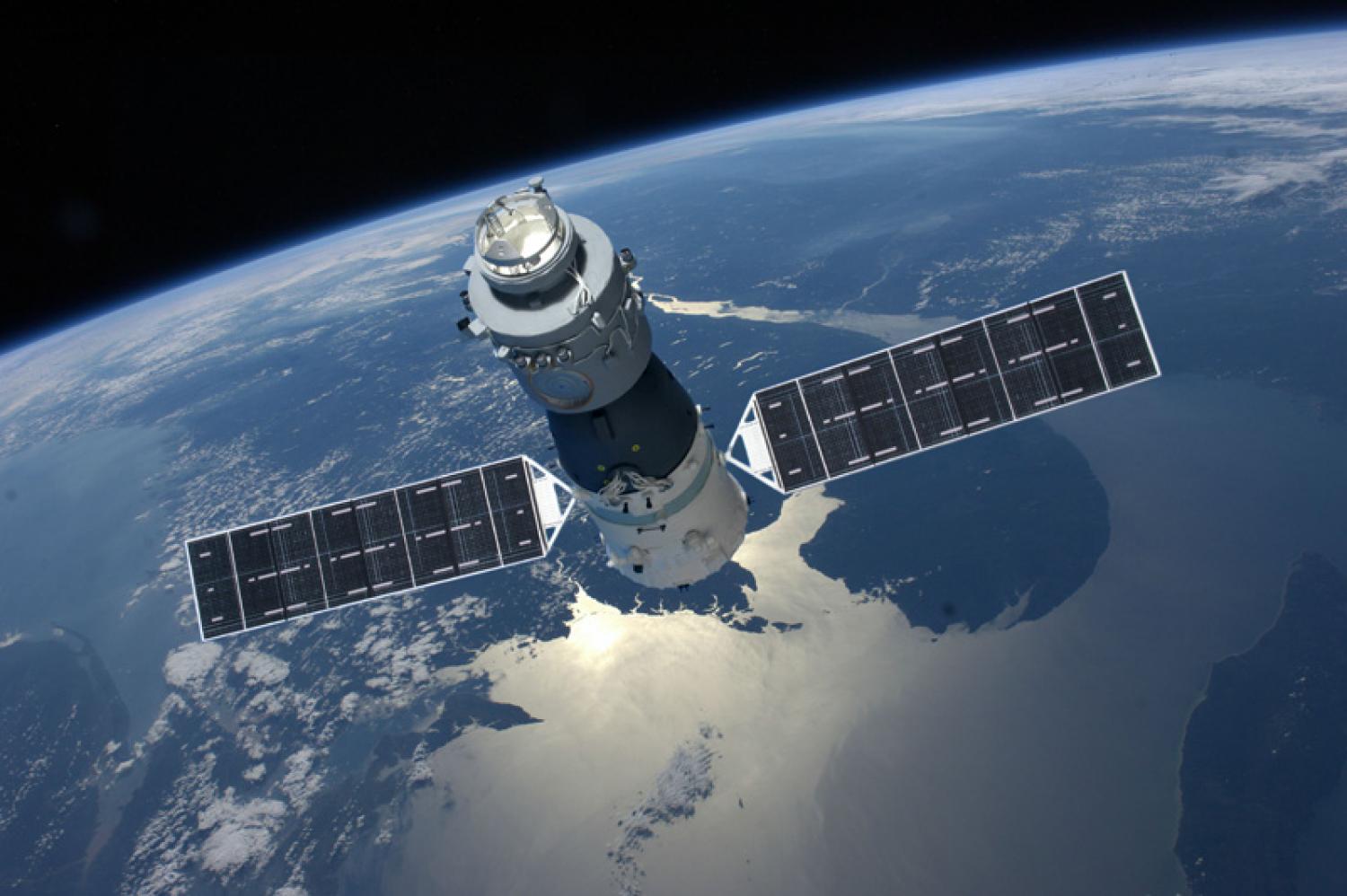
According to the latest predictions, China's Tiangong-1 space station is going to come crashing to Earth in March - but residents of Earth need not worry!
Continue reading
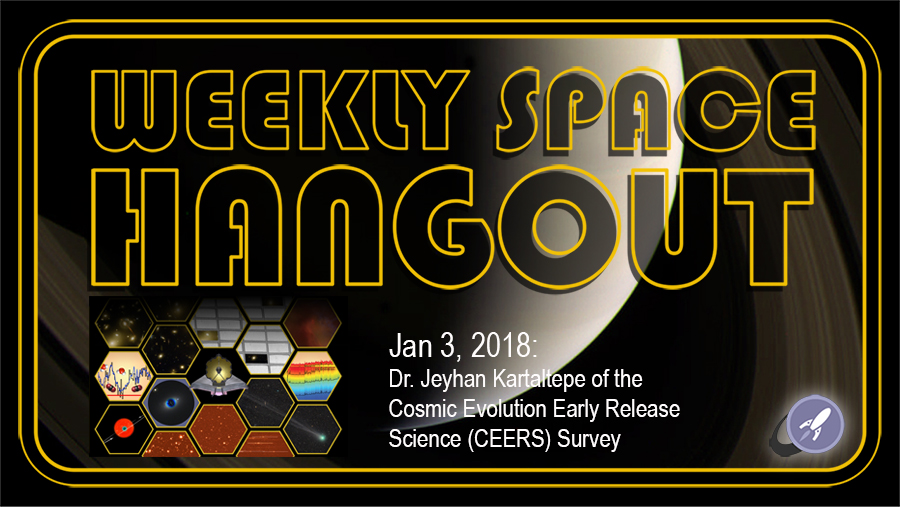
Continue reading
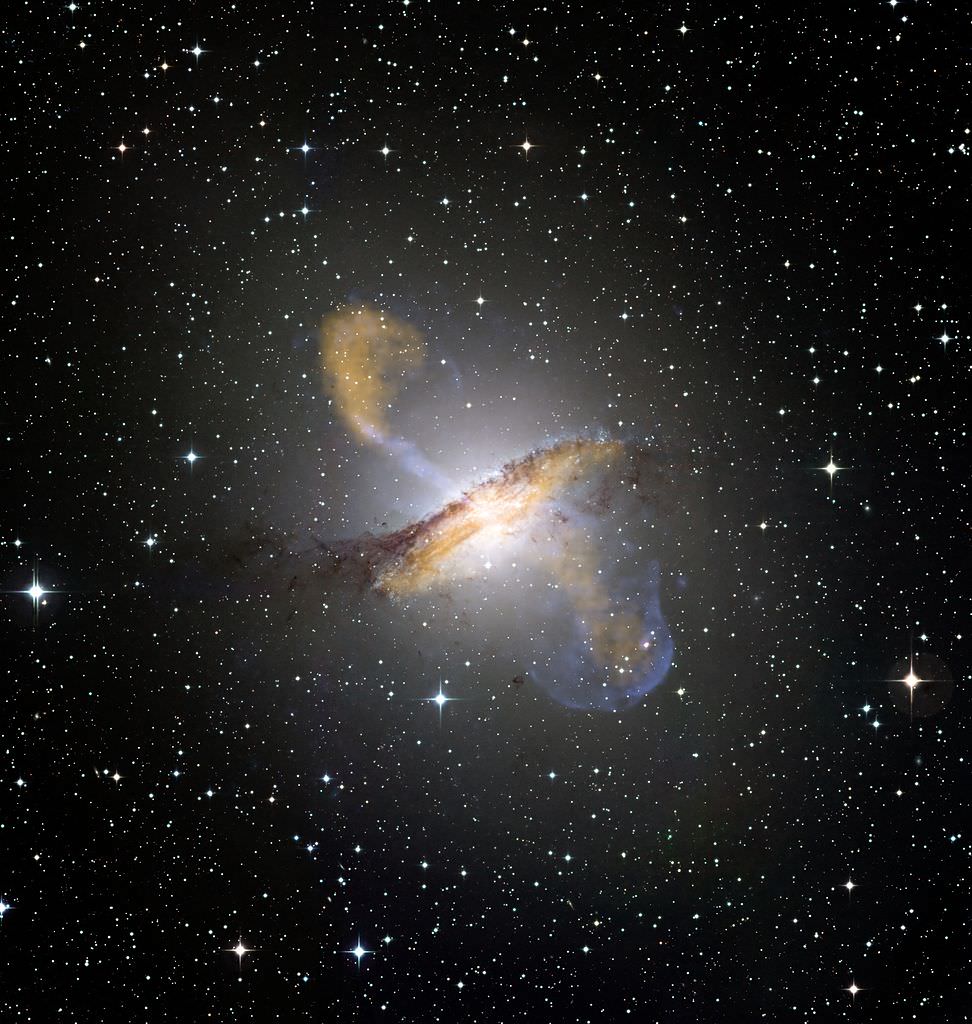
A new study by a team of international astronomers has provided the first direct evidence that supermassive black holes affect star formation in their galaxies.
Continue reading
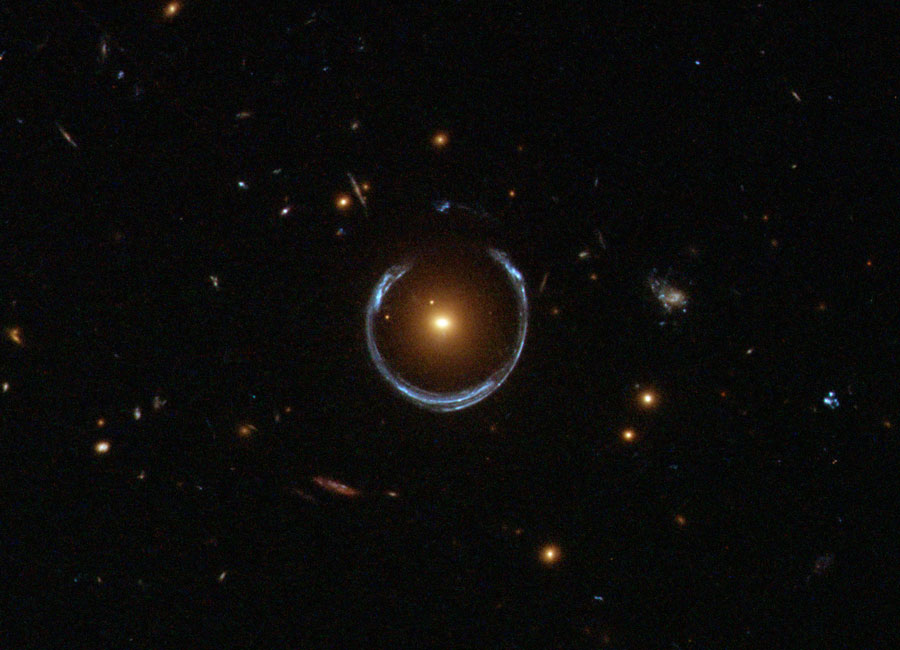
The Gravitational Microlensing method relies on rare events (one star passing in front of another) to focus light and search for exoplanets.
Continue reading
Continue reading
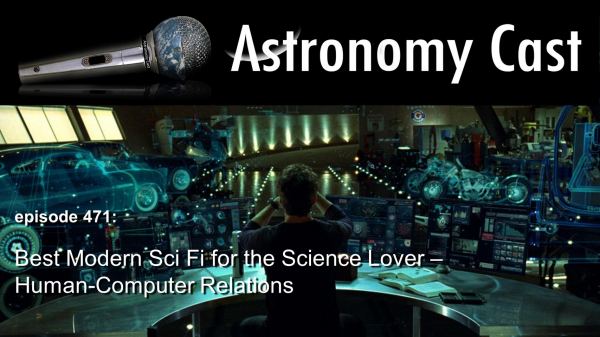
Continue reading

 Universe Today
Universe Today












































